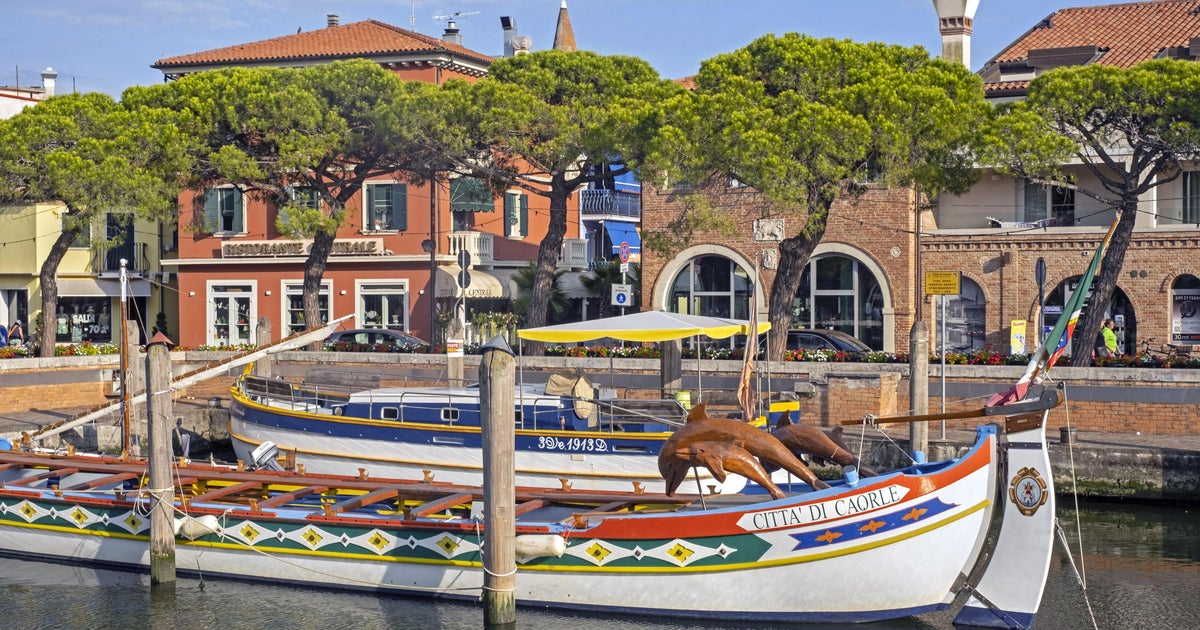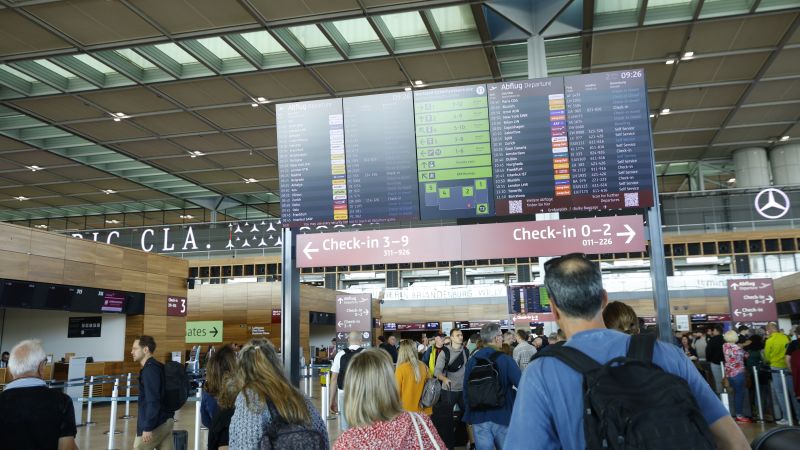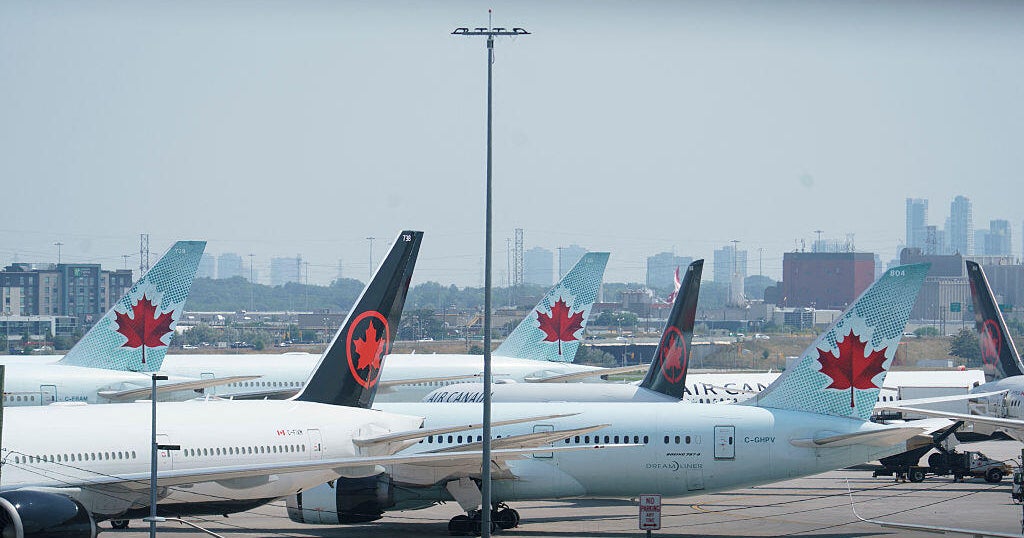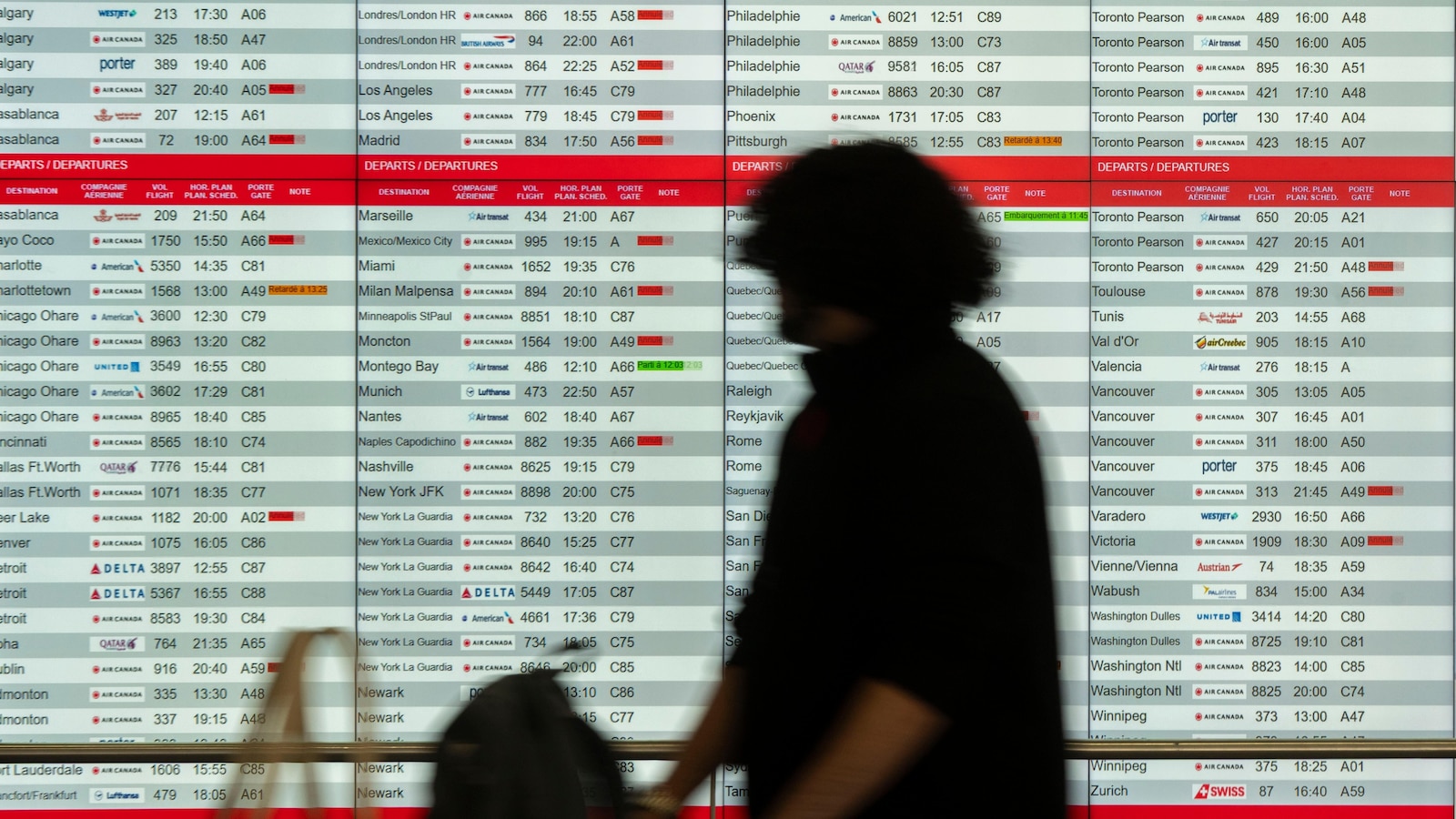Breeze Airways Expands at MSY with New Cancun Flights
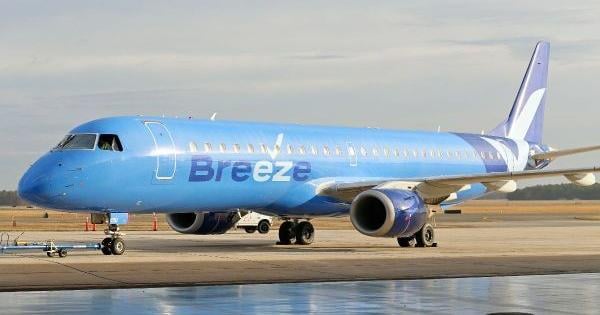
Introduction
Breeze Airways, a budget airline, is expanding its presence at the Louis Armstrong New Orleans International Airport (MSY) by adding its first international route. Starting in February 2026, the airline will offer nonstop seasonal flights to Cancun, Mexico. This move comes at a time when other budget airlines are facing turmoil, making Breeze Airways' expansion a much-needed boost for the airport and local economy.
Key Details
The new route to Cancun will not only provide more options for travelers, but it will also create job opportunities for the local community. Breeze Airways plans to hire additional crew members and support staff to accommodate the new flights. In addition, the airline will use the fuel-efficient Airbus A220 aircraft for this route, reducing its carbon footprint and contributing to a more sustainable travel industry.
Impact
With the launch of international flights, Breeze Airways will double its local presence at MSY, providing more competition and potentially driving down airfare prices for travelers. This expansion also highlights the potential for growth in the New Orleans market, as Breeze Airways sees the city as a strategic and profitable location for its operations. As the city continues to recover from the impacts of the pandemic, the addition of international flights will be a significant step towards revitalizing the tourism industry in New Orleans.
About the Organizations Mentioned
Breeze Airways
## Overview of Breeze Airways Breeze Airways is a low-cost U.S. airline founded by serial aviation entrepreneur David Neeleman, who previously launched JetBlue, Azul Brazilian Airlines, WestJet, and Morris Air[3][6]. The airline’s mission is to provide affordable, nonstop flights between underserved U.S. cities—routes often overlooked by major carriers[5][7]. With a focus on “nice, new, and nonstop” service, Breeze aims to combine value, comfort, and convenience, targeting travelers who seek direct routes without the hassle of connecting flights or legacy carrier prices[5][7]. ## History and Launch Breeze Airways was initially conceived in 2018 under the name “Moxy,” but rebranded in February 2020 to avoid confusion with Marriott’s Moxy Hotels[1]. The airline’s branding was developed by Gianfranco “Panda” Beting, known for his work with Azul and TAP Air Portugal[1]. After regulatory approvals, Breeze launched operations in May 2021, delayed from an original 2020 target due to the pandemic and a canceled acquisition of Compass Airlines[1]. The airline started with Embraer regional jets before introducing the Airbus A220-300 for longer routes[1]. ## Key Achievements and Growth In just over three years, Breeze has rapidly expanded its network, now serving over 70 routes to 28 airports—many of which previously had few or no nonstop options[7]. The airline has differentiated itself with friendly service, comfortable seating (with up to 39-inch pitch in premium rows), and affordable fares[7]. While it offers modest snacks and drinks for purchase, Breeze does not provide inflight entertainment, though WiFi is in development[7]. The carrier’s business model emphasizes technology and operational efficiency to keep costs low while maintaining a quality passenger experience[6]. ## Current Status and Future Plans
Louis Armstrong New Orleans International Airport
Louis Armstrong New Orleans International Airport (MSY) is the primary commercial airport serving the New Orleans metropolitan area and southeast Louisiana. Located in Kenner, Louisiana, about 11 miles west of downtown New Orleans, it operates under Class B airspace and handles over 13 million passengers annually as of 2024[1][2]. The airport is named in honor of the legendary jazz musician Louis Armstrong, reflecting the city’s rich cultural heritage; it was renamed in 2001 to commemorate Armstrong’s 100th birthday[4]. MSY covers 1,500 acres and features two runways and two helipads. It is notable for being the third lowest-lying international airport worldwide, situated just 4.5 feet above sea level[2]. The airport offers nonstop flights to approximately 60 destinations, including international routes to Europe, Canada, Latin America, and the Caribbean, making it a key gateway to the Gulf Coast region[2][5]. A major milestone for the airport was the completion and opening of a new, state-of-the-art terminal in late 2019. This $1.3 billion project replaced the original 1959 terminal to meet modern travelers’ expectations for convenience and safety. The new North Terminal spans 972,000 square feet, houses 35 gates across three concourses, and features amenities such as a Jazz Garden with live music, reflecting New Orleans’ cultural identity[1][3][4]. The terminal design incorporates efficient digital workflows and enhanced passenger connectivity behind the scenes[3]. MSY played a critical role during Hurricane Katrina in 2005 by evacuating over 30,000 people and briefly becoming the world’s busiest airport during the crisis[4]. Today, it continues to expand air service options with more airlines and routes, supported by lower fees and strong community backing. It is the largest airport within a 300-mile radius and ranks among the fastest growing U.S. airports[7]. Overall, Louis Armstrong New Orleans International Airport
